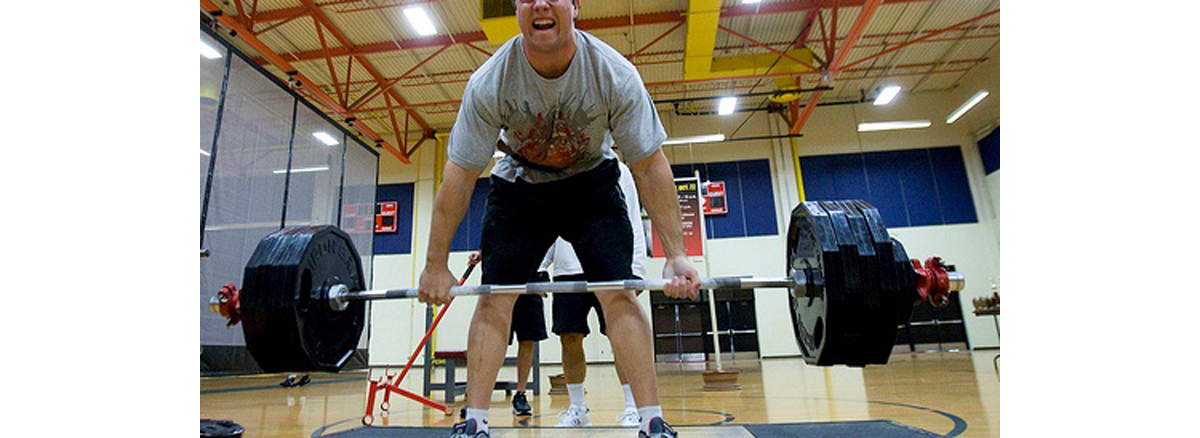Table of Contents
Most people in your gym barely know what they’re doing from one workout to the next, let alone what they’ll be doing in 12 months time. But look around your gym – how many of them are in awesome shape and shifting the sort of weights that would make the Incredible Hulk look like a 12 year-old girl?

Probably not many.
While it may suit you to go into the gym, do a bit of this, a bit of that, and generally aim to lift a bit heavier or complete more sets and reps per session, this haphazard, unplanned progression will only work for so long. It’s highly likely that once you’re past the newbie phase, where strength gains come easy, you’ll plateau hard and find it hard to break free.
This is why it’s absolutely vital to have a set plan in place, dictating not only what you’ll do from workout to workout and week to week, but where you’ll be in three, six, nine and twelve months time.
Now, unless you’re best buddies with Confucius, you won’t be able to know exactly what weights you’ll be lifting later down the line, but you can make a good guess and plan to make awesome gains by periodizing your training.
Yearly Overview
First things first, you’ve got to split your year up into four lots of 13 weeks.
Why 13? Well, each phase or “mesocycle” will run for 10 weeks and you’ll have two weeks off between each one, making 48 weeks in total. Add in the fact you may have another four weeks of no training due to vacations, work commitments or illness, and it comes in at 13 weeks per cycle. Giving you four blocks in a 52 week year.
Goals
Pick a goal and stick with it for the whole year.
Never has the phrase “Jack of all trades, Master of none” been more appropriate than it is in strength training.
If you want to run a marathon, compete in bodybuilding, set a record powerlifting total and start Crossfit training, you’ll likely fail at all of them.
Pick one main strength-based goal, and stay with it through thick and thin.
Exercise Selection
This can be a little tricky, but here are the basic guidelines:
If you’re a powerlifter, you should stick to using back squats, conventional or sumo deadlifts and competition bench presses as your main exercises as much as possible in every cycle, unless injury forces you to have to alter the plan.
If you’re training for general strength increases however, switch between front, back and box variations for the squat, conventional, sumo, deficit, rack or trap bar deadlifts, and competition presses, pin presses, board presses, dumbbell presses or military presses for your benching variation.
- “EFS Classic: A Practical Guide for Implementing Block Periodization for Powerlifting”, By Gabriel Naspinski, Published on September 30th, 2012, Accessed on November 18th, 2012, Retrieved from http://articles.elitefts.com/training-articles/powerlifting-articles/a-practical-guide-for-implementing-block-periodization-for-powerlifting/
- Photo courtesy of contentaction on Flickr: www.flickr.com/photos/contentaction/4099995097
- Photo courtesy of jblmpao on Flickr: www.flickr.com/photos/jblmpao/6286053405


Your thoughts on this